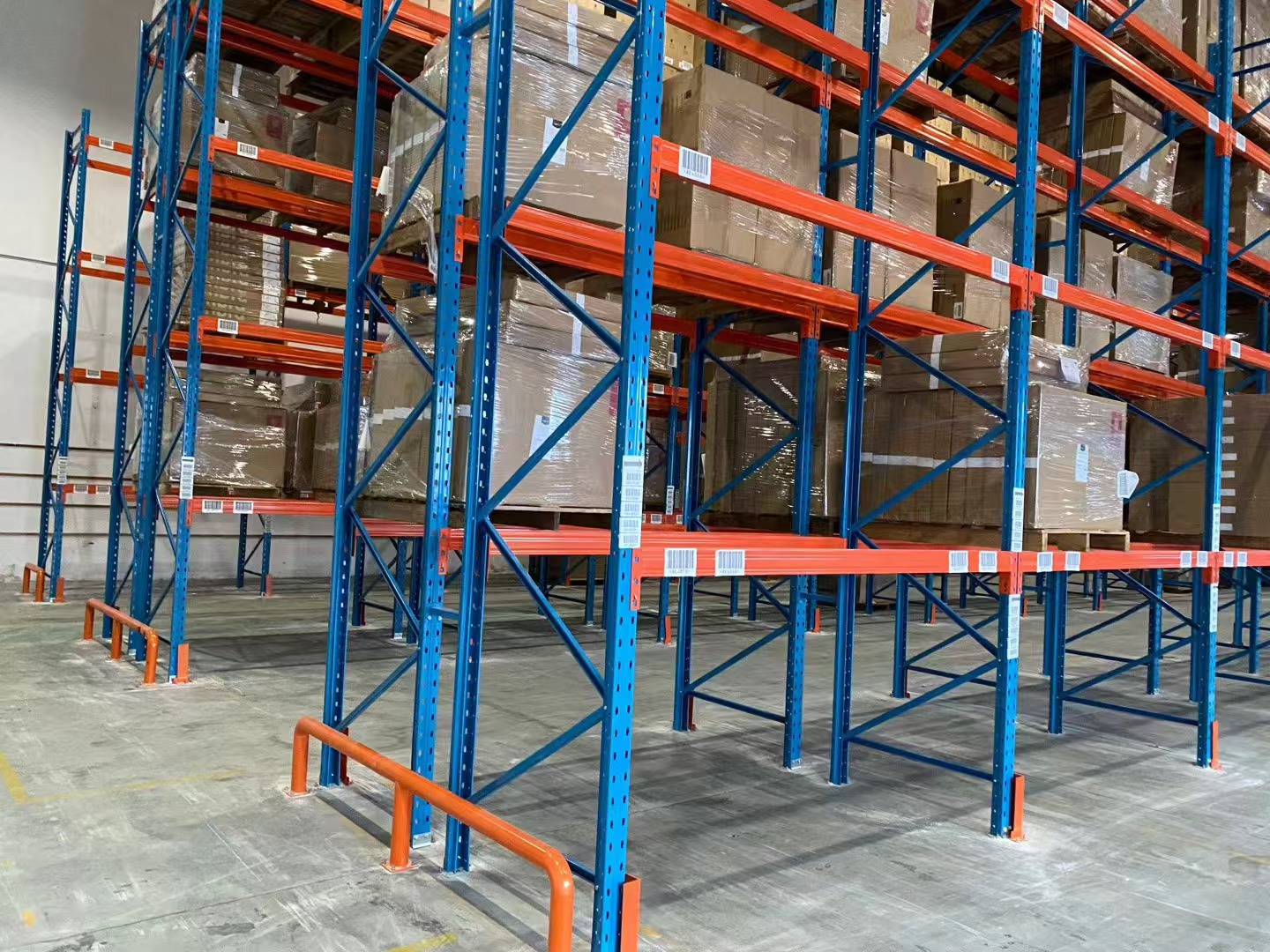Shelving the warehouse is a critical process that directly impacts operational efficiency, inventory management, and workplace safety. Whether you’re setting up a new facility or reorganizing an existing one, understanding the nuances of shelving systems can transform your warehouse into a well-organized, high-performing space. This comprehensive guide explores the key aspects of shelving the warehouse, from planning and implementation to optimization and future trends.

Shelving the warehouse refers to the process of installing, organizing, and maintaining storage systems to maximize space utilization, improve accessibility, and streamline inventory management. It involves selecting the right type of shelving units, arranging them strategically, and ensuring they align with the warehouse’s operational needs. Properly shelving the warehouse is not just about placing racks; it’s about creating a systematic approach to storage that enhances productivity and reduces costs.
Selecting the appropriate shelving system is the first step in shelving the warehouse effectively. Here are the most common types:
Selective Pallet Racking
This is the most widely used system, allowing direct access to each pallet. It’s ideal for warehouses with a diverse range of products.
Drive-In/Drive-Through Racking
Designed for high-density storage, this system allows forklifts to drive directly into the racks. It’s suitable for storing large quantities of similar items.
Cantilever Racking
Perfect for storing long, bulky items like pipes or lumber, cantilever racks feature arms that extend from vertical columns.
Mobile Shelving Systems
These systems use movable racks on tracks to maximize space. They are excellent for warehouses with limited floor area.
Mezzanine Shelving
By adding elevated platforms, mezzanine shelving creates additional storage levels without expanding the warehouse’s footprint.
Choosing the right system is crucial for efficiently shelving the warehouse and meeting specific storage requirements.
Before installing shelving units, several factors must be evaluated to ensure optimal performance:
Inventory Analysis: Understand the size, weight, and turnover rate of your products. This helps in selecting shelving that accommodates your inventory characteristics.
Space Utilization: Measure the warehouse’s dimensions, including height, to plan the layout effectively. Vertical space is often underutilized but can significantly increase capacity.
Accessibility and Workflow: Design the layout to facilitate easy access to frequently picked items. This reduces travel time and improves efficiency.
Safety Compliance: Ensure the shelving system meets OSHA and other regulatory standards. Overloading racks or improper installation can lead to accidents.
Scalability: Plan for future growth. The shelving system should be adaptable to changing inventory needs.
By addressing these considerations, businesses can avoid common pitfalls when shelving the warehouse.
Proper installation and maintenance are vital for the longevity and safety of shelving systems. Here’s a step-by-step guide:
Site Preparation: Clear the area and ensure the floor is level and sturdy enough to support the racks.
Assembly: Follow manufacturer guidelines or hire professionals to assemble the shelving units. Incorrect assembly can compromise structural integrity.
Securing the System: Anchor the racks to the floor to prevent tipping, especially in seismic zones.
Regular Inspections: Schedule routine checks for damage, wear, or overloading. Replace damaged components immediately.
Employee Training: Train staff on proper loading and unloading techniques to prevent accidents.
Maintaining the shelving system is an ongoing part of shelving the warehouse, ensuring it remains safe and functional.
An efficiently shelved warehouse offers numerous advantages:
Increased Storage Capacity: Maximizing vertical space and using high-density systems can double or triple storage capacity.
Improved Efficiency: Organized shelving reduces the time spent locating and retrieving items, boosting productivity.
Enhanced Safety: Properly installed and maintained racks minimize the risk of collapses and accidents.
Cost Savings: Reducing wasted space and improving inventory turnover lowers operational costs.
Scalability: Adaptable systems allow businesses to grow without major renovations.
These benefits highlight the importance of investing time and resources in shelving the warehouse correctly.

Even with careful planning, mistakes can occur. Here are some pitfalls to avoid:
Ignoring Weight Limits: Overloading racks is a common error that leads to collapses. Always adhere to the manufacturer’s weight specifications.
Poor Layout Planning: A disorganized layout can create bottlenecks and inefficiencies. Use software tools to simulate workflows before installation.
Neglecting Safety Protocols: Failing to secure racks or provide employee training increases the risk of accidents.
Choosing the Wrong System: Selecting shelving based solely on cost rather than functionality can result in incompatibility with inventory needs.
Skipping Maintenance: Regular upkeep is essential; neglecting it can lead to costly repairs or replacements.
Avoiding these mistakes ensures a smoother process when shelving the warehouse.
The future of shelving the warehouse is evolving with technology and innovation:
Automated Storage and Retrieval Systems (AS/RS): These systems use robotics to store and retrieve items, reducing labor costs and improving accuracy.
IoT-Enabled Shelving: Sensors monitor load weights, inventory levels, and structural health in real-time, enabling proactive maintenance.
Sustainable Materials: Eco-friendly shelving made from recycled materials is gaining popularity as businesses focus on sustainability.
Modular Designs: Customizable and easily reconfigurable shelving systems allow warehouses to adapt quickly to changing needs.
Staying updated with these trends can help businesses future-proof their shelving strategies.
Shelving the warehouse is a multifaceted process that requires careful planning, execution, and maintenance. By understanding the types of systems available, considering key factors, and avoiding common mistakes, businesses can create an efficient, safe, and scalable storage environment. As technology continues to advance, embracing innovative solutions will further enhance the effectiveness of warehouse shelving. Whether you’re a small business or a large enterprise, investing in properly shelving the warehouse is a step toward operational excellence.
 Wechat
Wechat
 Whatsapp
Whatsapp